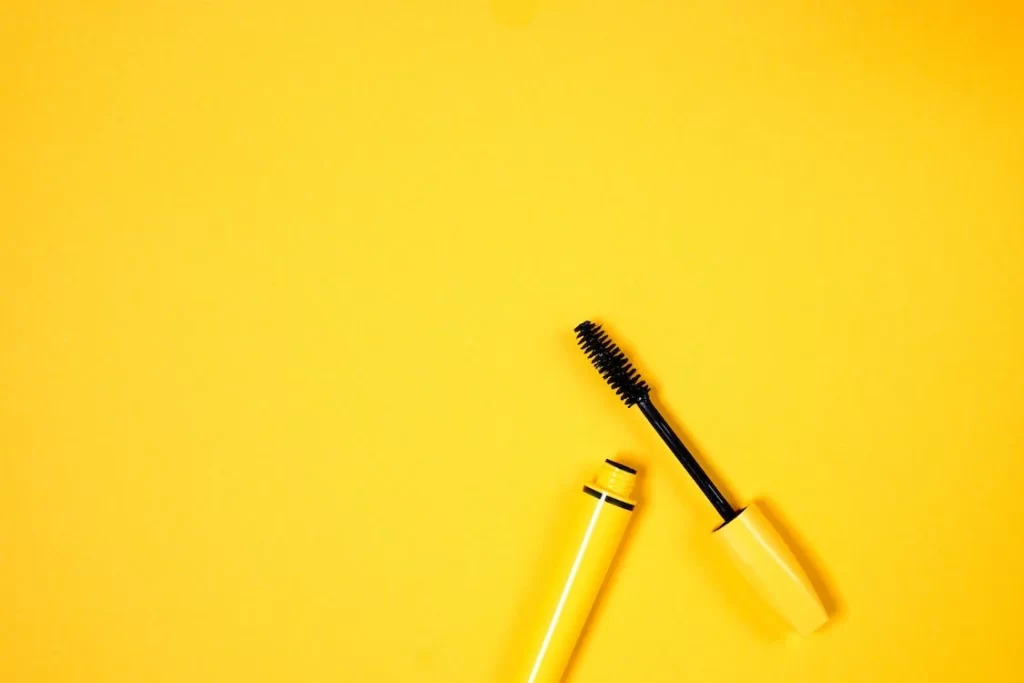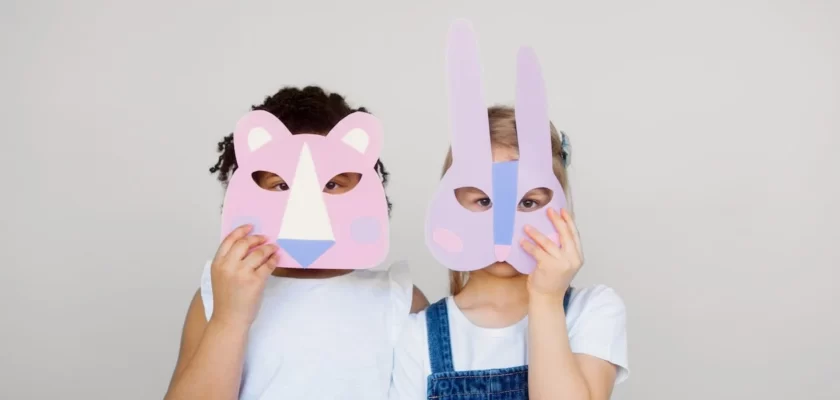In 2014, the Education Department published a new national curriculum for schools in England that laid out the inclusion of certain pedagogical goals and subjects. Creative thinking was stated to be at the heart of arts, crafts, and design education. It was found that art education should encompass the highest forms of creativity and prepare children to experiment, create, and innovate in order to contribute to the cultural, creative, and economic well being of society (Barnes and Jean-Pierre Austin). The curriculum revision draft, which was circulated in the prior year, outlined a new objective: fostering an appreciation of beauty in students through art and design education (Sew).
The subject of this curriculum revision draft was children’s perceptions of beauty. The draft investigated what motivates children to share their ideas about beauty and explores how they engage with the ideas of others, be it formally or informally. The draft explored the types of subject matter they find beautiful and their knowledge of the visual properties of images.
No matter how seriously art school students debate or how philosophically rigorous their theories of aesthetic experience are, people, including children, notice beauty in their daily lives even without serious study. They appreciate it and sometimes even find it in unlikely situations (WELCHMAN). While seeing beauty in everyday life is an ageless tradition, beginning with Winston, a mode of thinking developed where the word “beauty” could, in a formal sense, be used to describe anything loved, admired, or longed for. He describes how ordinary people use the word to describe anything they love, admire, or long for, making language fully align with the world in a way that communicates the unexceptional quality of loving and valuing beauty.

In his study of aesthetic experiences, Sew argues that seeing “beauty” in daily life causes us to concentrate on what is beautiful and commits us to replicating and protecting it for posterity. At the same time Welchman describes the colloquial American use of the word “beauty” as something transcending the merely aesthetic experience and entering into the “metaphysical.”
Children often perceive color as beautiful, but it is only one of several factors contributing to their conceptions of beauty. Children’s preferences for colors varied from school to school. In urban areas, children find images with digitally enhanced, intensified colors more appealing, and they are more likely to photograph abstract images or images with colorful patterns. Rural children preferred images with natural colors, and those with manipulated images were criticized for not being accurate. When children saw a color that did not “belong” in an image, it was perceived as problematic, detracting from its beauty.
In the case of art educators, the implication is that they should reevaluate how beauty is valued in the art room. It was found that children’s experience of beauty can go well beyond passive appreciation and that this experience is at least undervalued and at worst ignored in schools. Students’ engagement with art can be heightened by taking into account not only form and technique but also beauty in their experience of art.
Children can be motivated to describe, analyze, and reflect on their experiences with beauty and their reflections offer helpful insight into how they interact with the visual world more broadly. Educators should consider how taking into account children’s interests and perceptions of beauty may offer an alternative method for increasing engagement and widening participation in art.
As demonstrated by the Education Department’s curriculum recommendations, it is possible to examine perceptions of beauty more comprehensively. The parameters for understanding beauty in art can be expanded to take into account the unique cultural and economic circumstances of the students. The kind of research carried out by the Education Department could be replicated in other education systems. Our understanding of beauty can only improve when we compare different curriculum content or alternative goals for art education and from children from different communities and countries.
Works Cited
Barnes, Julian, and Jean-Pierre Aoustin. Levels of Life = and Tout Est Déjà Arrivé. Gallimard, Dl, 2017.
Sew, Jyh Wee. “Beyond Technology: Children’s Learning in the Age of Digital Culture.” Teaching and Teacher Education, vol. 26, no. 5, July 2010, pp. 1224–25, https://doi.org/10.1016/j.tate.2009.08.007.
WELCHMAN, JENNIFER. “Aesthetics of Nature, Constitutive Goods, and Environmental Conservation: A Defense of Moderate Formalist Aesthetics.” The Journal of Aesthetics and Art Criticism, vol. 76, no. 4, Sept. 2018, pp. 419–28, https://doi.org/10.1111/jaac.12599.
Features of a Beauty Definition Essay
Students who need to write a “What is beauty?” essay can approach the topic in a number of ways. This is because “beauty” is defined in a number of different ways. For some people, beauty can include something beyond aesthetic, for example, good deeds. Some people believe that beauty is merely external. And for others, it is confined to the art world. In a “What is true beauty?” essay, you can expound upon a definition that rings true for you.
Imagine in a definition essay on beauty, that you describe how people’s desire for external attractiveness comes with losing internal harmony. People are constantly trying to keep up with the latest trends in cosmetology and fashion, forgetting about their own self-development and spirituality. Often, beauty is associated with youth. However, as we age, our bodies change. Does a person become uglier as they age? Or does the definition of beauty change for older people?
In essays about beauty, a reader should have a clear idea about what an author is trying to state in their essay.
Help with a Beauty Essay
If you’re struggling with your “what is real beauty?” essay, considering reaching out to our essay service for help. A customer who buys a sample paper from our website can be sure that their essay will be written quickly and professionally. Moreover, their writer will conduct thorough research and find reliable sources for their paper.

